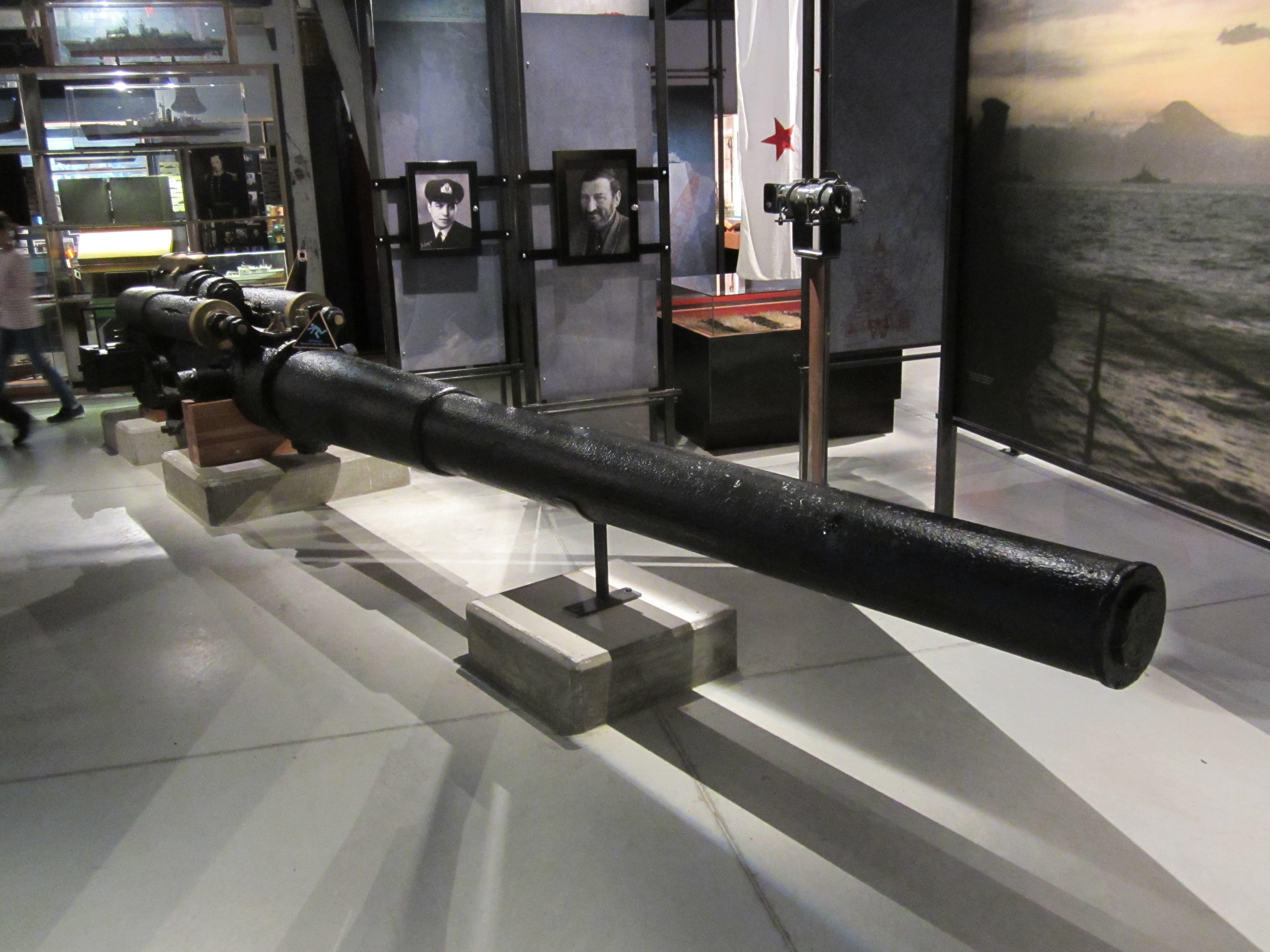HMNZS Moa (T233) on:
[Wikipedia]
[Google]
[Amazon]
HMNZS ''Moa'' (T233) was a ''Bird'' class
 Seventy-one years after her sinking, ''Moa''s name plate was recovered by divers and is being restored for eventual display at the
Seventy-one years after her sinking, ''Moa''s name plate was recovered by divers and is being restored for eventual display at the
minesweeper
A minesweeper is a small warship designed to remove or detonate naval mines. Using various mechanisms intended to counter the threat posed by naval mines, minesweepers keep waterways clear for safe shipping.
History
The earliest known usage of ...
of the Royal New Zealand Navy
The Royal New Zealand Navy (RNZN; mi, Te Taua Moana o Aotearoa, , Sea Warriors of New Zealand) is the maritime arm of the New Zealand Defence Force. The fleet currently consists of nine ships. The Navy had its origins in the Naval Defence Act ...
(RNZN) that served during World War II
World War II or the Second World War, often abbreviated as WWII or WW2, was a world war that lasted from 1939 to 1945. It involved the vast majority of the world's countries—including all of the great powers—forming two opposin ...
.
Construction and design
The first of three ''Bird''-class minesweepers, ''Moa'' displaced 607 tons standard and 923 tons at full load. She was long overall, had a beam of and a draught of . She had a top speed of and a crew of between 33 and 35 personnel. ''Moa''s main armament was a single 4-inch Mk IX naval gun, which was supplemented byanti-aircraft guns
Anti-aircraft warfare, counter-air or air defence forces is the battlespace response to aerial warfare, defined by NATO as "all measures designed to nullify or reduce the effectiveness of hostile air action".AAP-6 It includes surface based, ...
. She also carried minesweeping
Minesweeping is the practice of the removal of explosive naval mines, usually by a specially designed ship called a minesweeper using various measures to either capture or detonate the mines, but sometimes also with an aircraft made for that ...
equipment and 40 depth charge
A depth charge is an anti-submarine warfare (ASW) weapon. It is intended to destroy a submarine by being dropped into the water nearby and detonating, subjecting the target to a powerful and destructive Shock factor, hydraulic shock. Most depth ...
s for anti-submarine operations.
Operational history
Commissioned into the Royal New Zealand Navy on 12 August 1941, ''Moa'' was the first of two vessels with this name to serve in the RNZN and was named after a native bird fromNew Zealand
New Zealand ( mi, Aotearoa ) is an island country in the southwestern Pacific Ocean. It consists of two main landmasses—the North Island () and the South Island ()—and over 700 smaller islands. It is the sixth-largest island count ...
.
On 29 January 1943, in concert with her sister ship , ''Moa'' helped to ram and wreck the . At the time ''Moa'' was under the command of Lieutenant Commander Peter Phipps, later to become a vice admiral.
In February 1943, ''Moa'' participated in Operation Cleanslate, the occupation of the Russell Islands :''See also Russell Island (disambiguation).''
The Russell Islands are two small islands ( Pavuvu and Mbanika), as well as several islets, of volcanic origin, in the Central Province of Solomon Islands. They are located approximately northwest o ...
. However, when the ''Moa'' put the forces ashore, local natives informed them that the Japanese had left ten days before.
On 7 April 1943 ''Moa'' was refuelling from the at Tulagi
Tulagi, less commonly known as Tulaghi, is a small island——in Solomon Islands, just off the south coast of Ngella Sule. The town of the same name on the island (pop. 1,750) was the capital of the British Solomon Islands Protectorate from 18 ...
Harbor when Japanese aircraft attacked. The ''Moa'' sustained two near misses and two direct hits from 500-pound bombs, one that passed through the ship before exploding in the water abeam to starboard, the other passed through the captain's cabin into the Boiler Room where it exploded, effectively 'breaking the ships back'. ''Moa'' sank bow first within about four minutes. Five ratings were killed and seven were seriously wounded, including Phipps. At some point in the interim following the sinking of the submarine ''I-1'' and her own sinking, the ''Moa'' crew had acquired and mounted a 20 mm Oerlikon anti-aircraft gun on her very bow, with which the crew used against their attackers before they sank. This 20mm gun could still be seen on her wreck in 2002.
Postscript
Torpedo Bay Navy Museum
The Torpedo Bay Navy Museum is the official museum of the Royal New Zealand Navy. It opened in 2010, to replace an earlier naval museum. The museum is in Devonport, Auckland.
History
The first Royal New Zealand Navy (RNZN) museum was establishe ...
in Auckland
Auckland (pronounced ) ( mi, Tāmaki Makaurau) is a large metropolitan city in the North Island of New Zealand. The List of New Zealand urban areas by population, most populous urban area in the country and the List of cities in Oceania by po ...
, New Zealand. The Torpedo Bay Naval Museum already has on display the main deck gun recovered from the wreck of the ''I-1''.
See also
*Minesweepers of the Royal New Zealand Navy
Commissioned minesweepers and danlayers of the Royal New Zealand Navy (RNZN) from its formation on 1 October 1941 to the present. The RNZN was created two years into World War II. For coherence this article covers the war years from the start, and ...
References
Further reading
* * * *External links
* * * * {{DEFAULTSORT:Moa, HMNZS 1941 ships Ships built in Leith World War II minesweepers of New Zealand Minesweepers of the Royal New Zealand Navy Training ships of the Royal New Zealand Navy Maritime incidents in April 1943 Ships sunk by Japanese aircraft Minesweepers sunk by aircraft